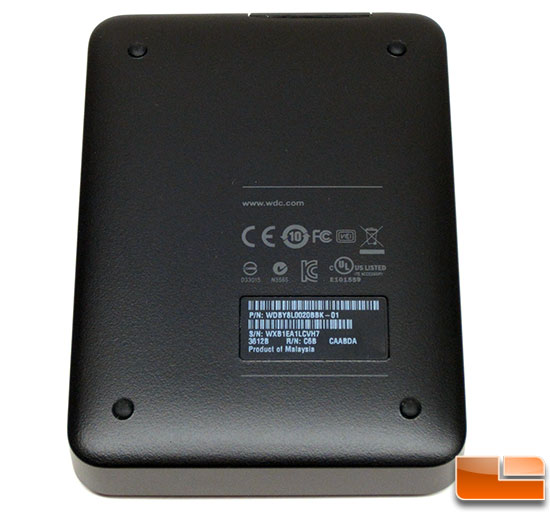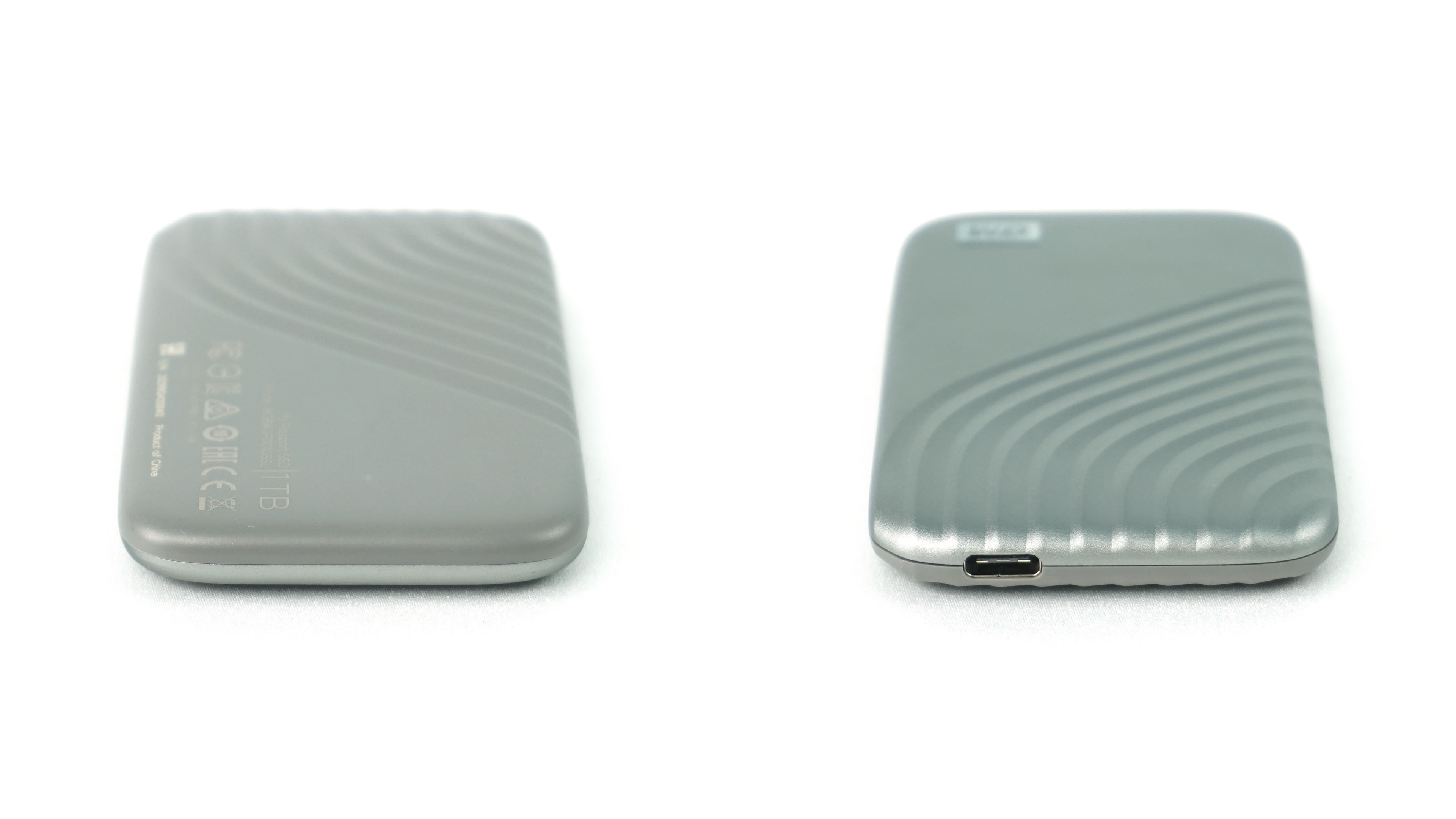

You shouldn’t need to boot from the rescue media. Doing so is another way to test backups.Įxactly how to do this varies depending on the backup program you’re running, but the scenario is the same: delete or rename an unimportant file on your hard disk, and go through the steps for your backup program to restore the file from a backup. Most backup programs allow you to extract individual files from your full system backup image. That’s about as far as you can go without actually performing the restore, but it’s tested quite a bit.

This verifies that your recovery disk works and the backup program can access what’s necessary to perform the restore. Then follow the steps to do an image restore, stopping at the very last step before the restore would begin. Once the software from the rescue media is running, make sure it can see the drive that contains your backup images. Getting this to work is important, because booting from something other than your hard drive can be complicated, particularly in newer machines.

This is the CD, DVD, or USB stick you would boot from in order to perform that full restore. Use the rescue media, prepare for a restore, and stopĬreate the rescue media - sometimes called an “emergency disc” - from your backup program. So, here’s my approach to testing backups. The very restore you would want to be able to fix the failure is the restore your test just discovered doesn’t work! You found out your backup didn’t work, but you trashed what was on the hard drive in the process. If the restore fails part way through, you’re worse off than when you began. It erases what’s currently on the hard drive and replaces it with the contents of the backup image. The problem for testing backups is that a full restore is really, really risky.īy definition, a full restore is a destructive operation.

Disk failure? Replace the drive, restore the most recent image, and you’re up and working again. Malware infection? Restore to an image created before the infection, and it’s gone. The ultimate way to test backups, of course, is exactly what you ended up doing: performing a full restore of an image backup.Ī full restore is the most important to have work, since it’s what can save you from almost any problem.


 0 kommentar(er)
0 kommentar(er)
